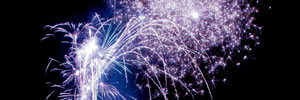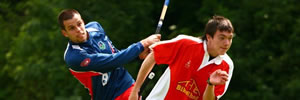
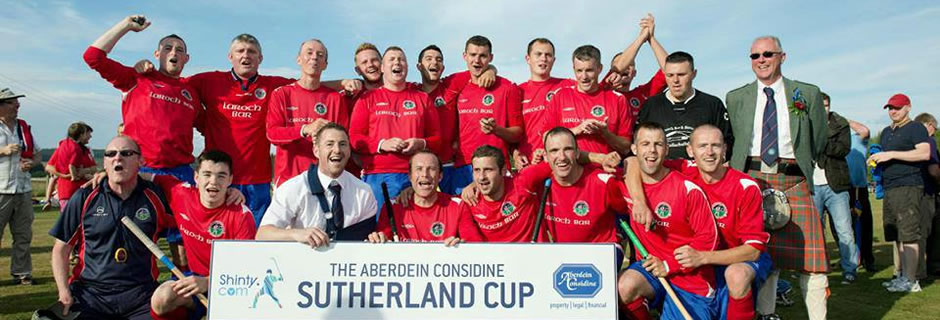
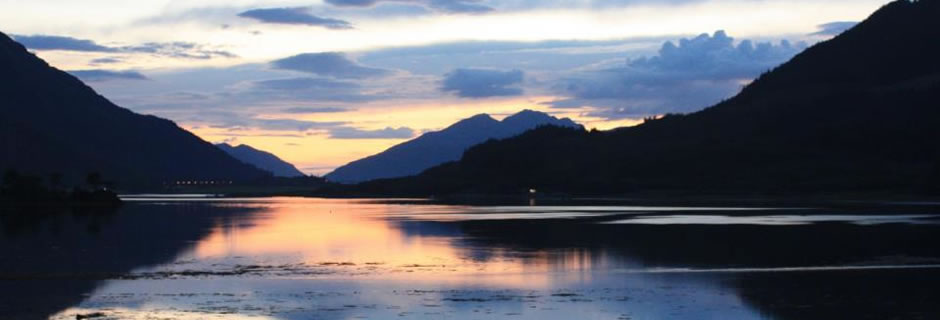
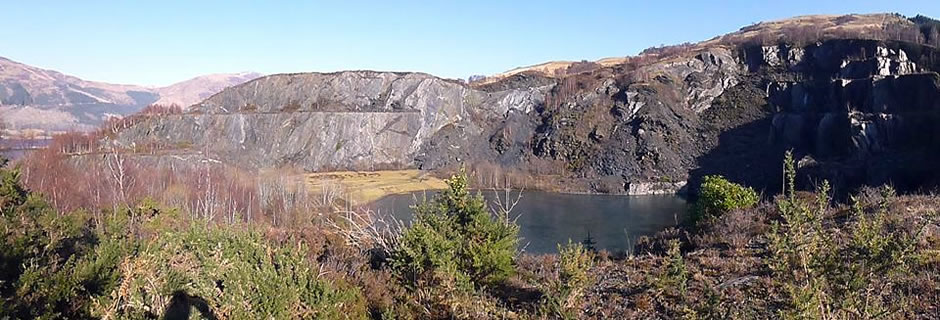
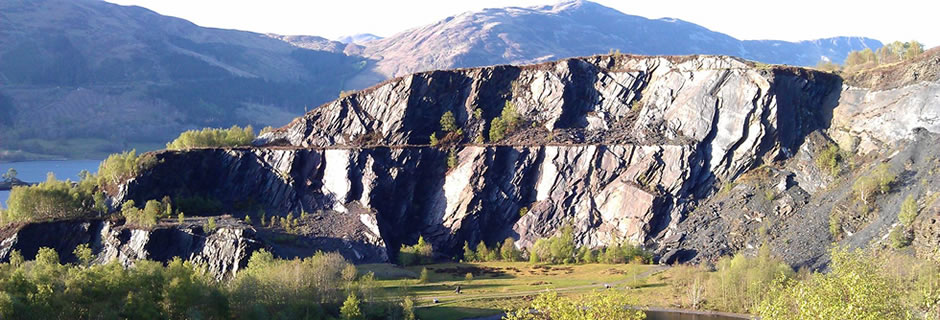
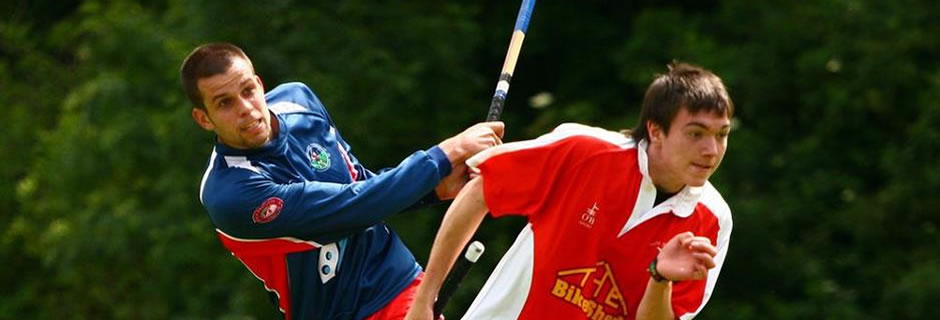
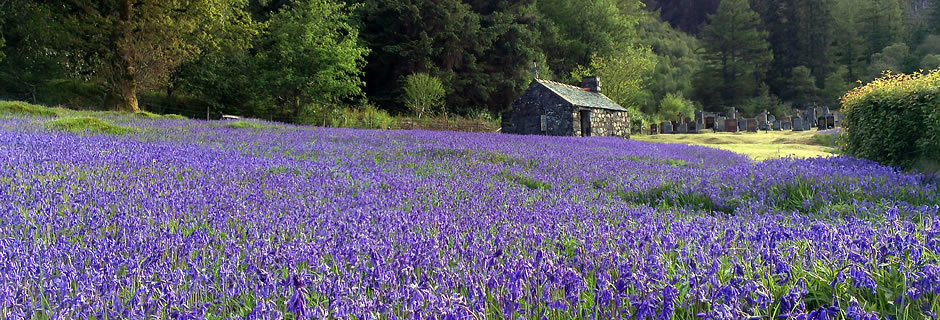
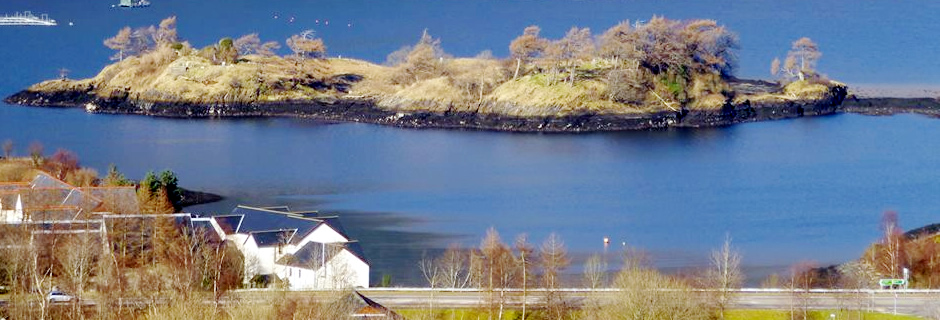
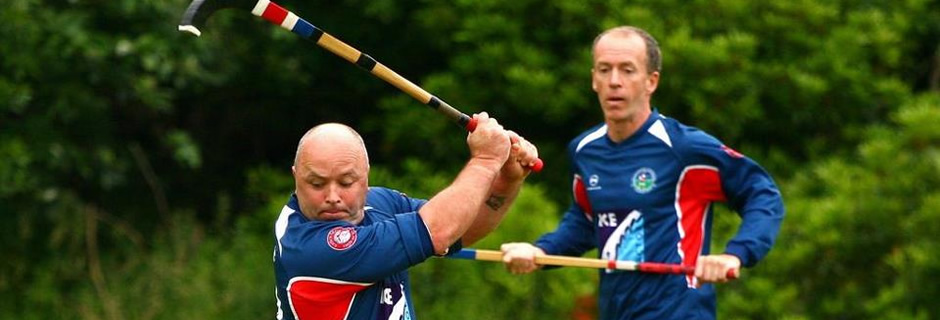
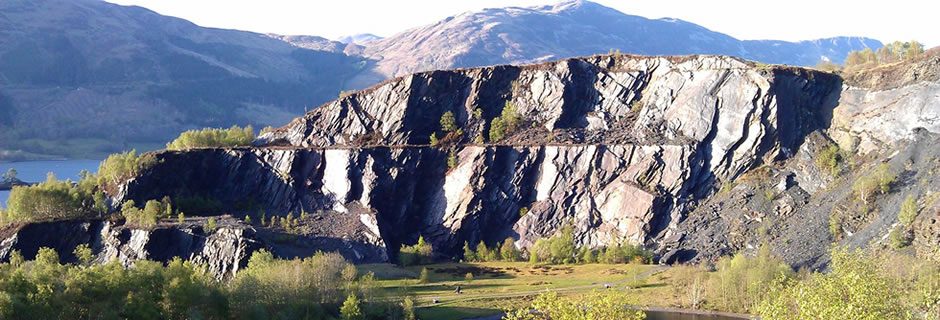








See & Do
The area around Ballachulish is steeped in history but offers something for everyone.
The Ballachulish village we see today is laid out in a triangular shape in the foothills of the mountains at the mouth of the River Laroch. Evidence of settlement dates back thousands of years, but it is with the Quarries that dominate either flank of the village that the real history begins. Slate Quarrying started in 1693, and continued almost unbroken until the later 1950s. Since then the village has revitalised itself and become a prime tourist destination in the Ourdoor Capital of the UK.
For Visitors there are the nearby natural and historical attractions of Glencoe, whilst our village holds similar attractions, with paths up the glen into the hills, along the delightful shore and into the East Quarry to explore. There are adventure activities available on the Loch and also nearby at Glenachulish where a small golf course exists amongst the mountains. 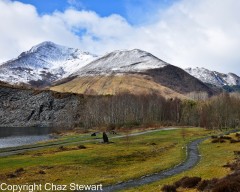
Ballachulish has slowly become the main commercial centre for South Lochaber, with a fine new Co-op Supermarket, Cafe, Pub, Takeaway, hardware shop, hairdressers, Doctors Surgery and garages all found within the village area. The Isles of Glencoe Hotel on the shore is owned by the same group as the magnificent and palatial Ballachulish Hotel which sits to the west under the Ballachulish Bridge.
Transport links have been at the heart of Ballachulish for over 2 centuries, since the ferry first crossed the narrows under the modern bridge. In 1903 the railway arrived in the village, and whilst it was closed 60 years later, the Bridge was soon built, and has recently celebrated its 40th Birthday. The village surgery is now housed in the old station building, retaining an important building at the heart of the community.
Ballachulish is also home to some striking buildings. Perhaps the largest is an attractive modern structure in the centre of the village. It looks like a secondary school or a hospital, but turns out to be the Abbeyfield Integrated Care Home. Just across the road is the Jubilee Park, home to Ballachulish Shinty Club, and opposite the clubhouse is another fine building, which comes complete with a clock tower. This is the Ballachulish wing of the Ministry of Defence’s Joint Service Mountain Training Centre, 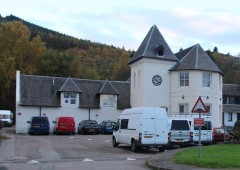 originally built as the Institute for the Quarry. Heading up the village, some old buildings are passed on the right, including ‘The Stables’ believed to be the oldest building in the village and once used as the Episcopal Church. Two churches can be found up the hill in Brecklet, with the school on the opposite side of the river.
originally built as the Institute for the Quarry. Heading up the village, some old buildings are passed on the right, including ‘The Stables’ believed to be the oldest building in the village and once used as the Episcopal Church. Two churches can be found up the hill in Brecklet, with the school on the opposite side of the river.
Heading down the west side of the village, a pair of old white cottages are all that remains of the White Row which used to run the full length of West Laroch from the old St Johns School down the hill and around the corner to the entrance to the West Quarry. They were progressively replaced by the more modern local authority housing that now stands through the 20th Century.
Returning to the east end of the village, the car park and village hall site were once covered with a maze of quarriers cottages, between tramways and paths connecting the quarry to the harbour. Just across the road from the visitor centre are the old Ballachulish slate quarries, which now provide scenic walks and are well worth a visit. There’s no mistaking what they are, but in the half century since they closed, nature has made a start at reclaiming what was once taken from it. The graveyard of St John’s Episcopal church has some fine gravestones which, unlike many others, look as if they were engraved ‘yesterday’, having been made from Ballachulish slate.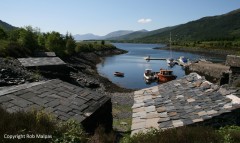
The Slate has seen other imaginative use, being used to build boatsheds on the shore, and the well known Slate Arch against the outside of the Quarry.
It’s not just humans who love this area: The wildlife is wonderful including Otters, Red Deer, Pine Martens, Wild Goats, Minke Whales, Dolphins, Porpoises and Seals. Birdlife includes the rare White Tailed Sea Eagle and Golden Eagles, together with Ravens. Great Northern and Black Throated Divers are often seen on the sea lochs along with Eider and numerous other species.

